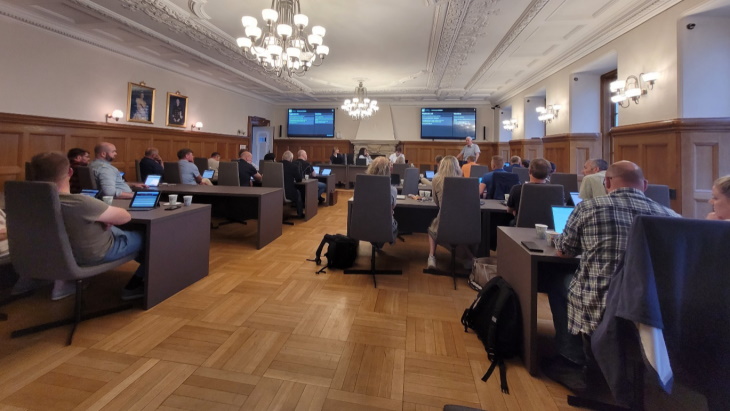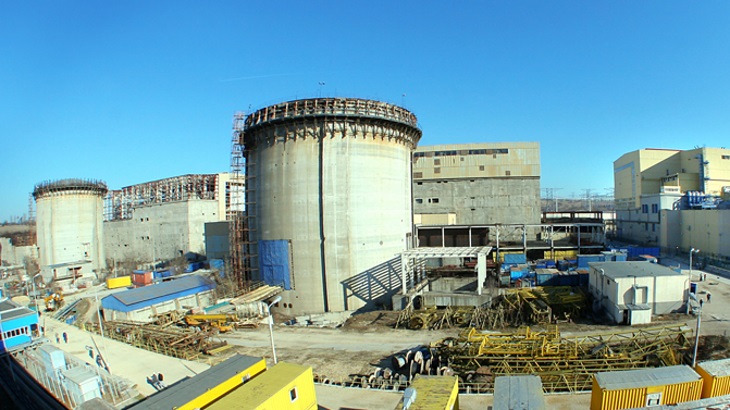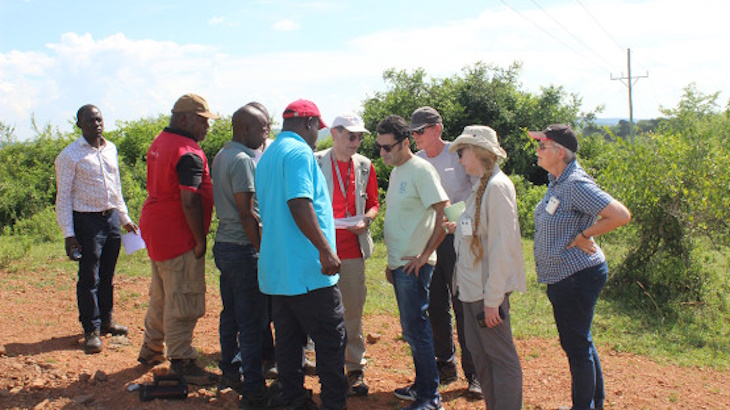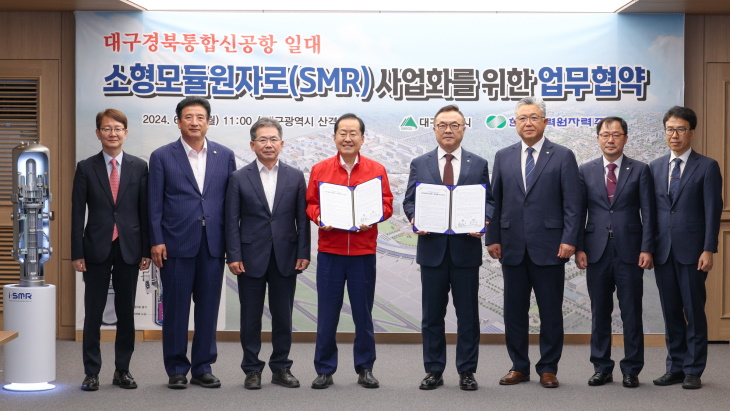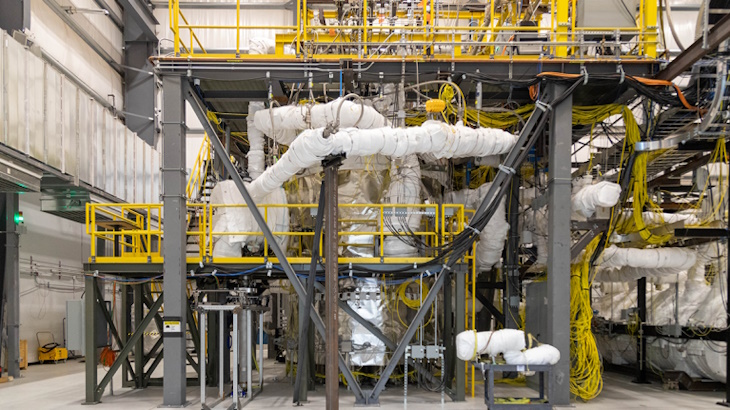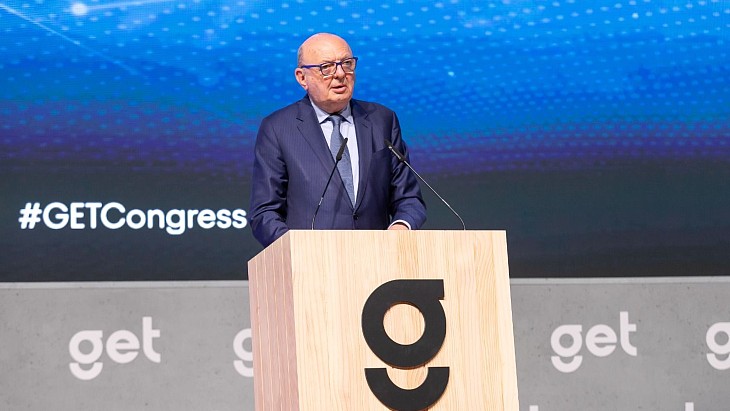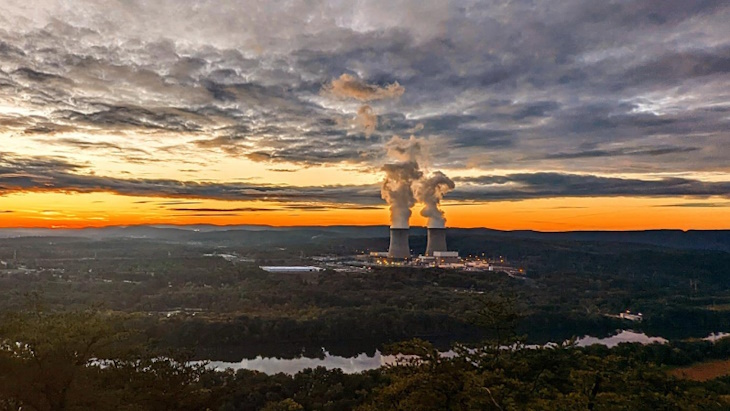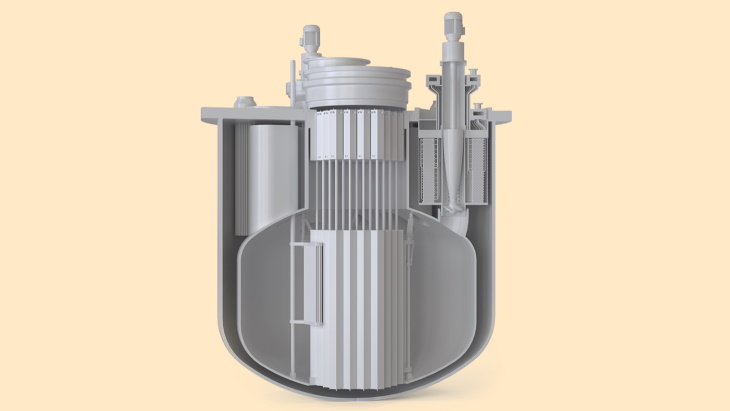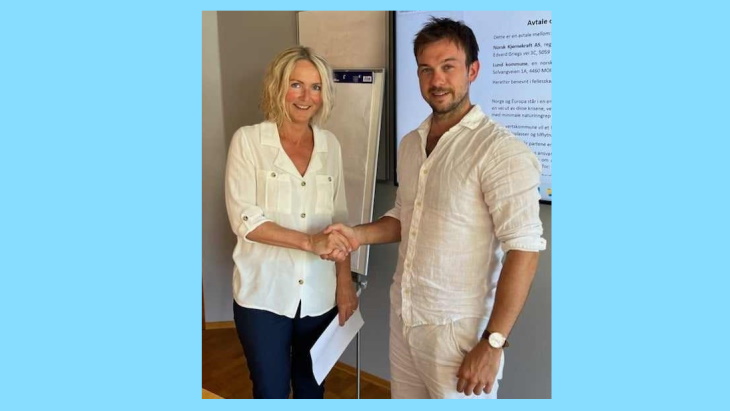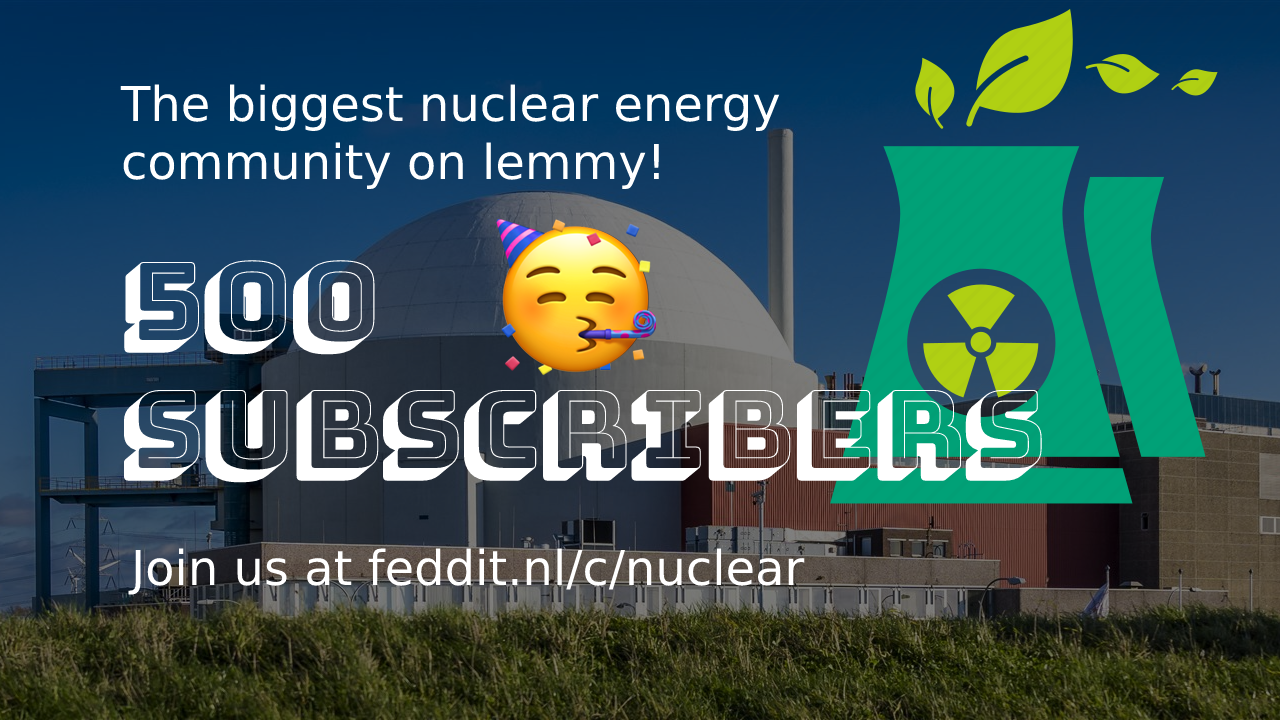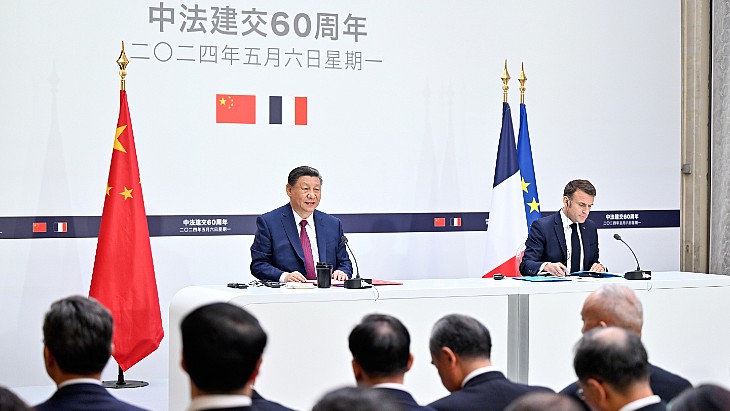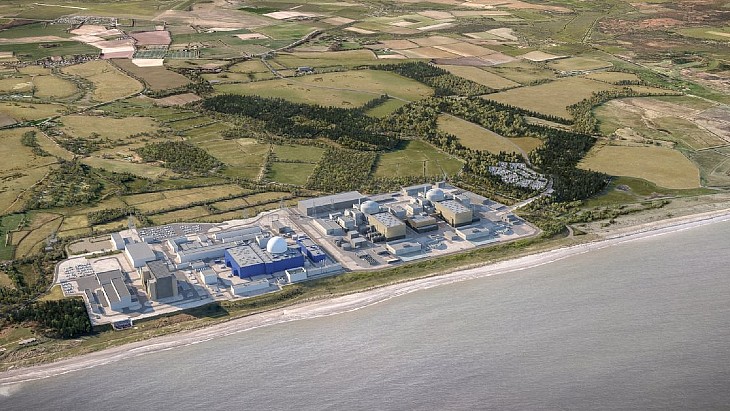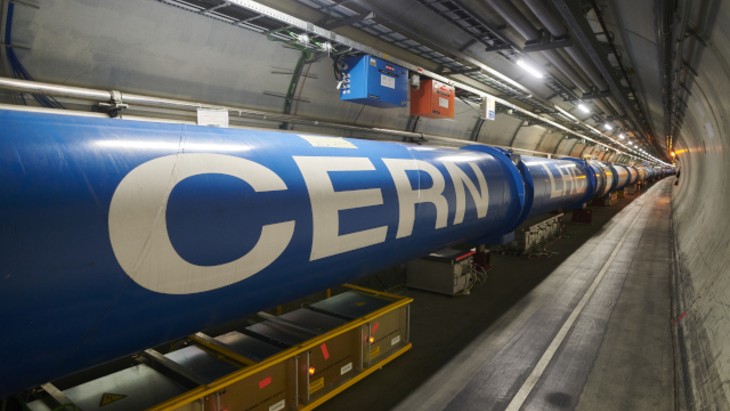Source: https://www.world-nuclear-news.org/Articles/List-of-Norwegian-towns-considering-nuclear-contin
Farsund in Agder county, on the southern tip of Norway, has become the latest municipality to enter into an agreement with Norsk Kjernekraft to jointly carry out initial investigation work on the possible construction of a nuclear power plant.
Norsk Kjernekraft - which aims to build, own and operate smallmodular vreactor (SMR) power plants in Norway in collaboration with power-intensive industry - said the cooperation agreement was adopted with a broad political majority and aims to provide an information base that will enable all stakeholders to better assess the suitability for the establishment of a nuclear power plant in Farsund.
"Following such a process, the municipality can better assess whether they wish to proceed, for example by establishing a separate company together with Norsk Kjernekraft and local/regional industry, as has been done with Halden Kjernekraft AS," the company added.
Norsk Kjernekraft describes Farsund as "a future-oriented coastal municipality" which has several large workplaces within national and international companies, including a large proportion of power-intensive industry and workshop industry. The town is also the county's largest agricultural municipality.
The Mayor of Farsund, Ingrid Williamsen, said: "We will need large amounts of power in the future and so this is an important step on the way. If we should be so lucky that it turns out that Farsund is a suitable location for this type of power, it would be very gratifying."
Earlier this week, Norsk Kjernekraft announced it had signed a similar cooperation agreement with the municipality of Lund in the southern Norwegian county of Rogaland, which is expecting a large increase in power demand due to industrialisation of the area.
Last month, Norsk Kjernekraft submitted a proposal to Norway's Ministry of Energy for an assessment into the construction of a power plant based on multiple SMRs in the north-eastern county of Finnmark. In April last year, the municipality of Vardø in Finnmark proposed nearby Svartnes as a possible site for a nuclear power plant to Norsk Kjernekraft, which aims to build, own and operate SMR power plants in Norway in collaboration with power-intensive industry.
In November, Norsk Kjernekraft submitted a proposal to the ministry for an assessment into the construction of an SMR power plant based in the municipalities of Aure and Heim in south-western Norway. In April this year, it initiated work on the impact assessment of a plot of land in Øygarden municipality, west of Bergen, to assess the possibility of establishing a nuclear power plant comprising up to five SMRs.
A new company, Halden Kjernekraft AS, has also been founded by Norsk Kjernekraft, Østfold Energi and the municipality of Halden to investigate the construction of a nuclear power plant based on SMRs at Halden, where a research reactor once operated.
"The number of municipalities that are now taking the initiative to investigate nuclear power is impressive and increasing rapidly," said Norsk Kjernekraft CEO Jonny Hesthammer. "The Ministry of Energy must prepare for many reports with proposals for study programmes in the near future.
"Municipalities such as Farsund have a large need for power linked to the green transition. They must ensure jobs and long-term value creation, and here nuclear power can become absolutely central. We look forward to a long and constructive collaboration with Farsund municipality."
Last month, the Norwegian government appointed a committee to conduct a broad review and assessment of various aspects of a possible future establishment of nuclear power in the country. It must deliver its report by 1 April 2026.
